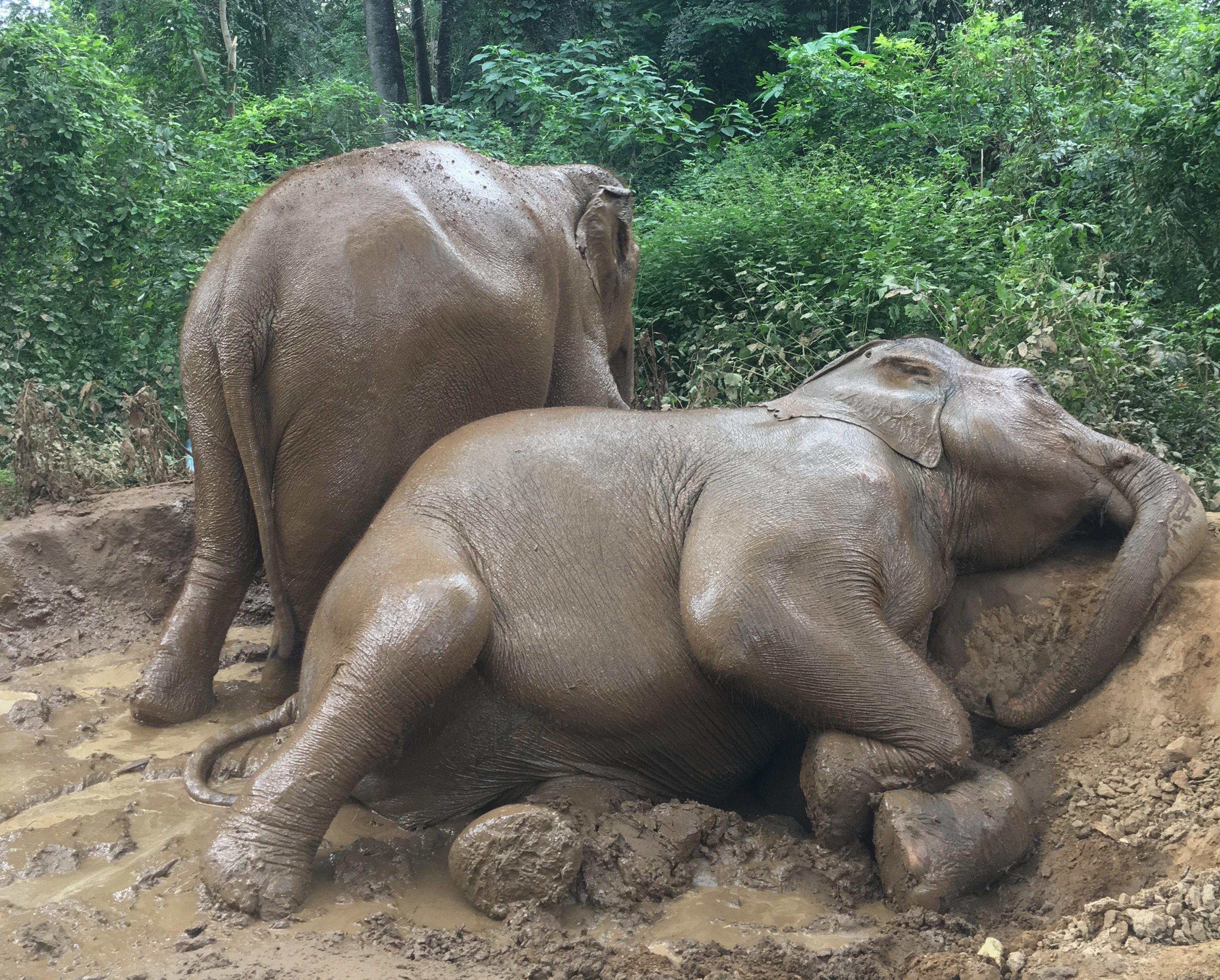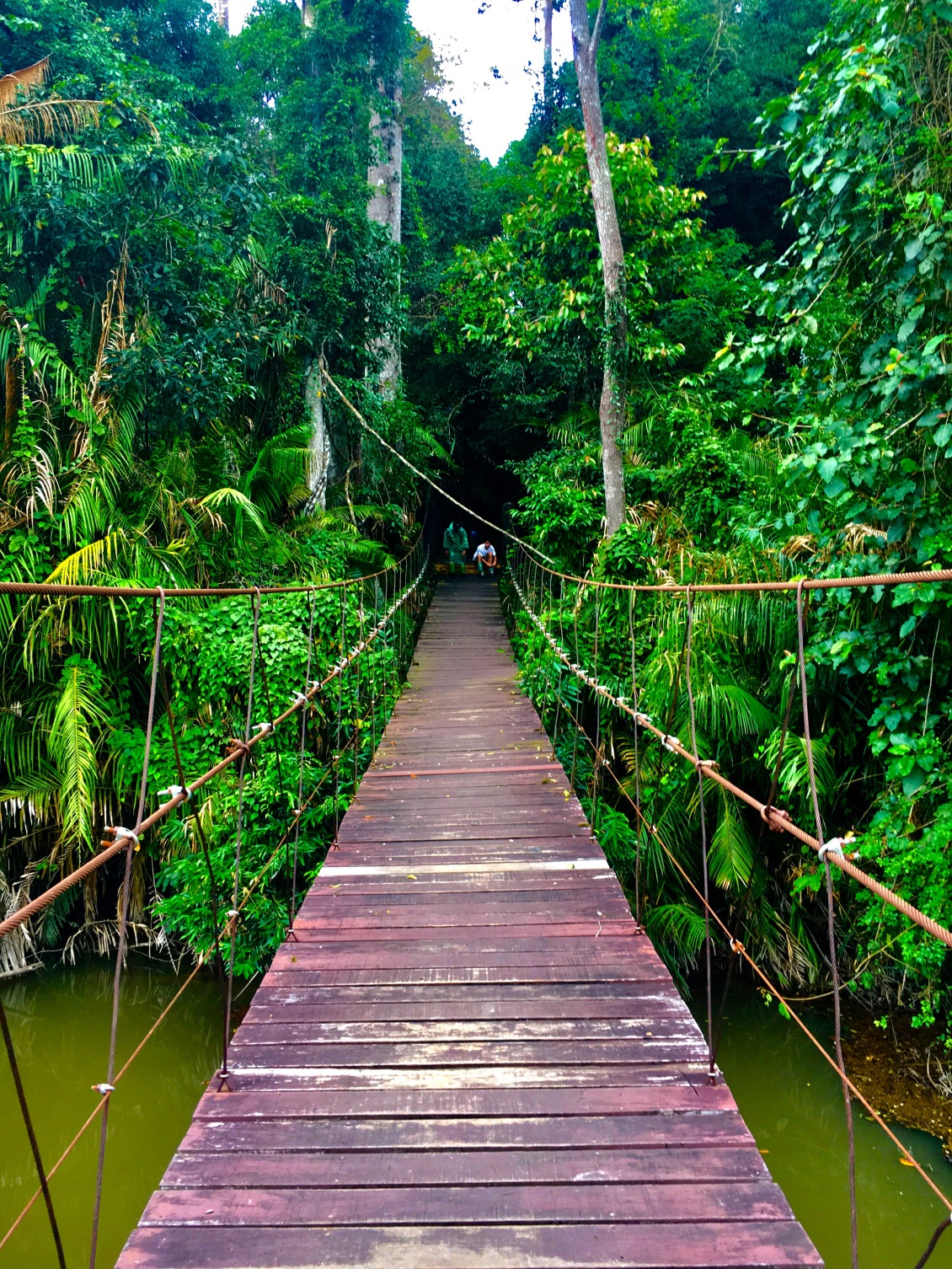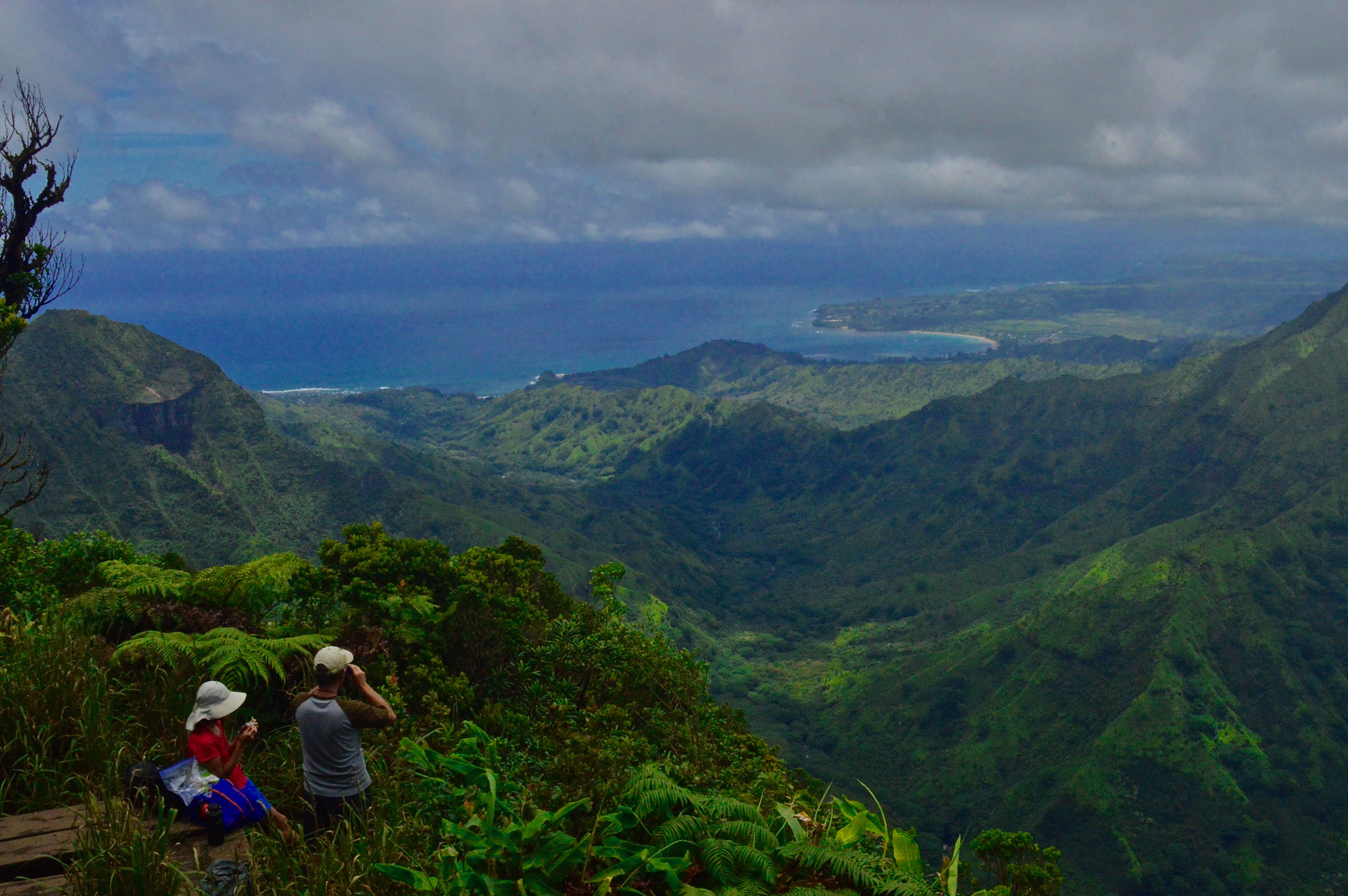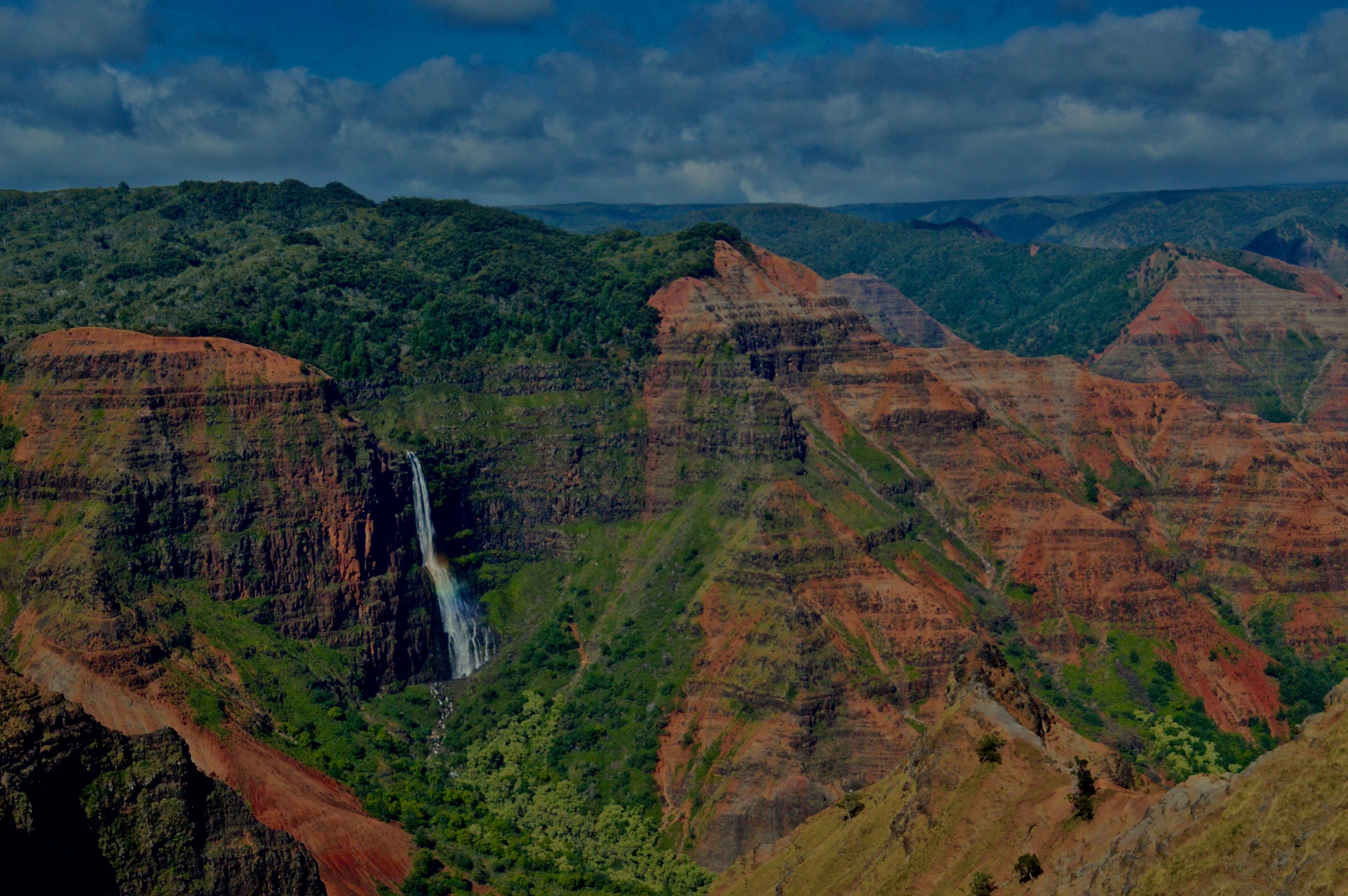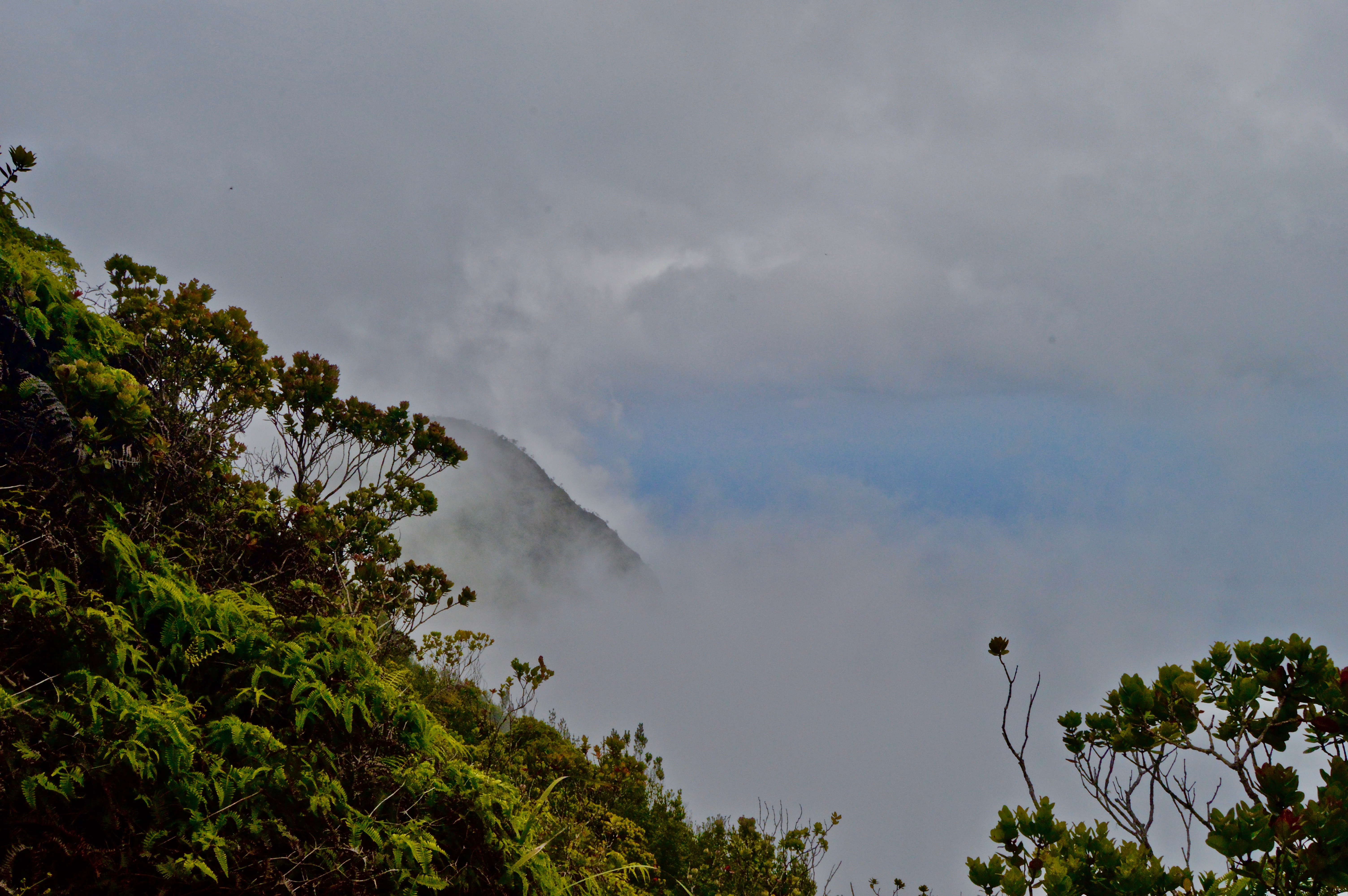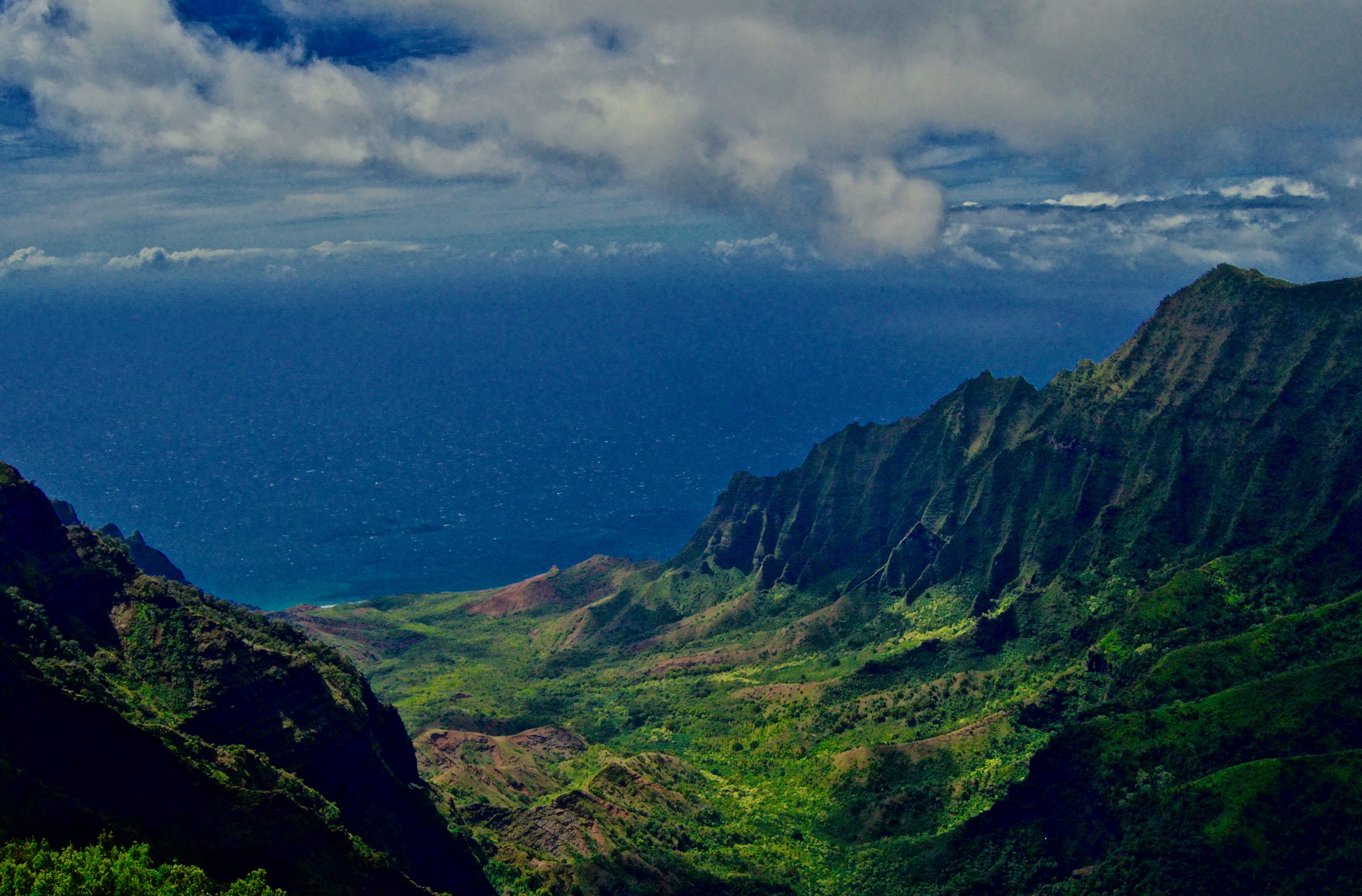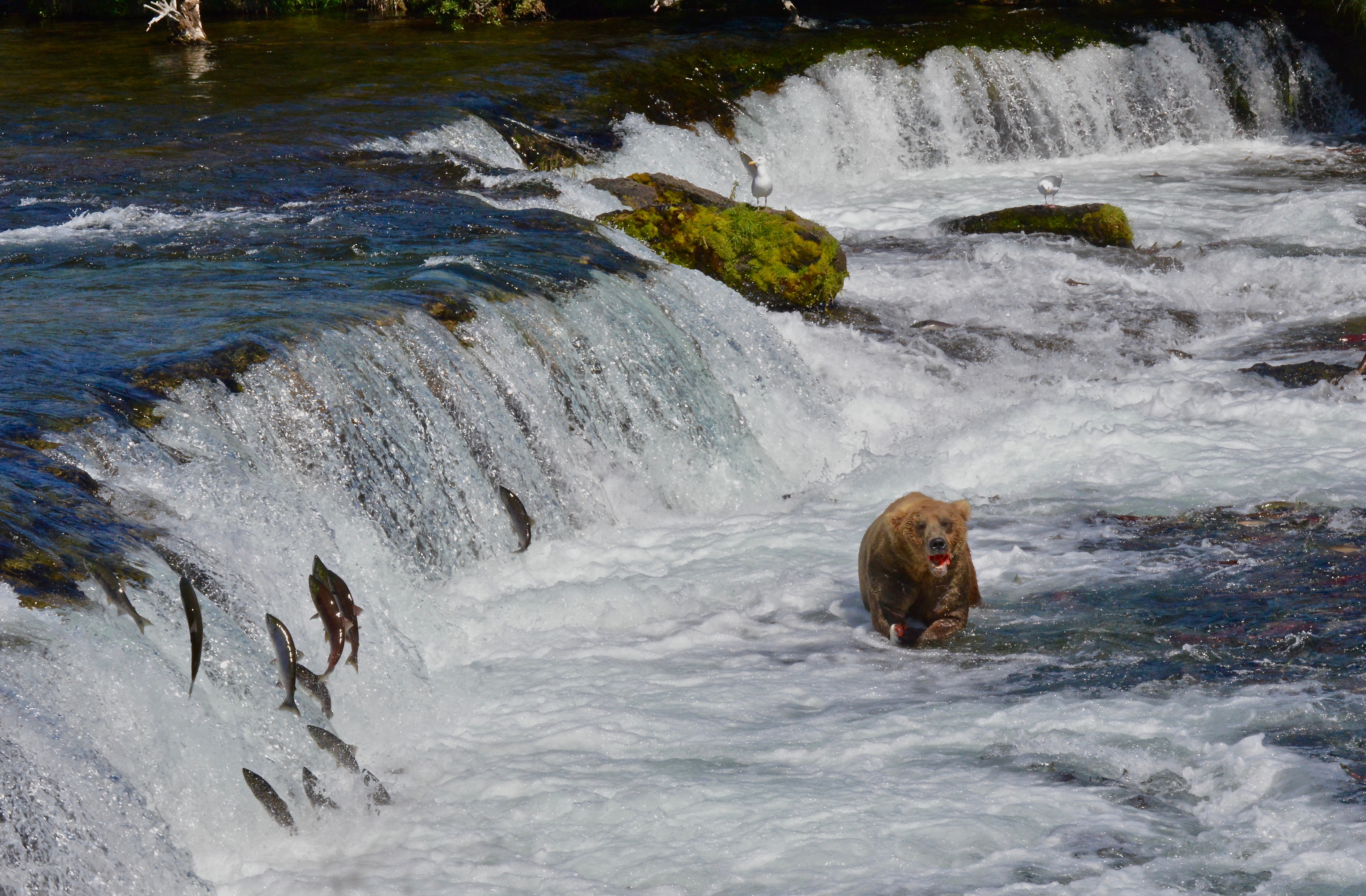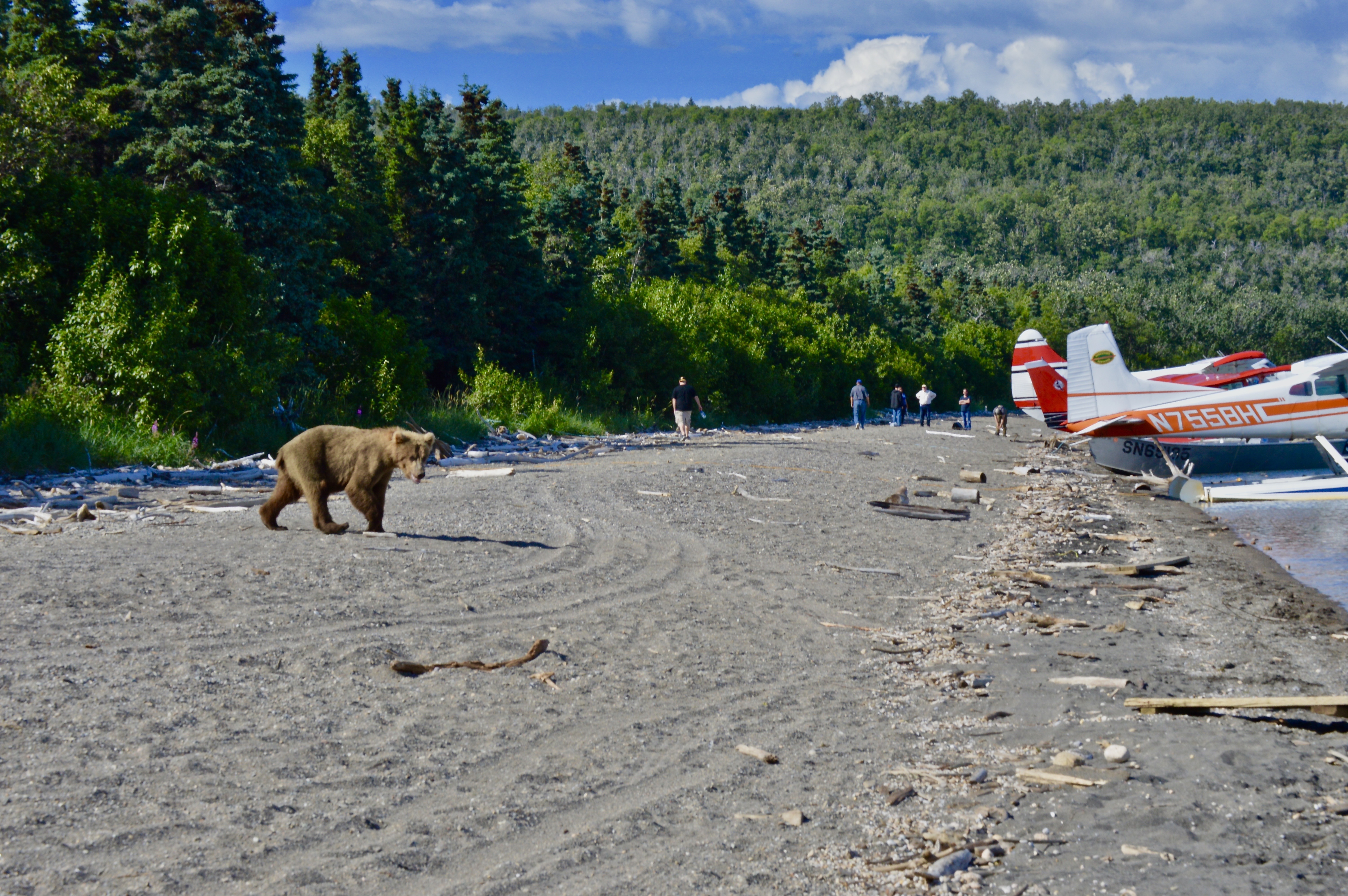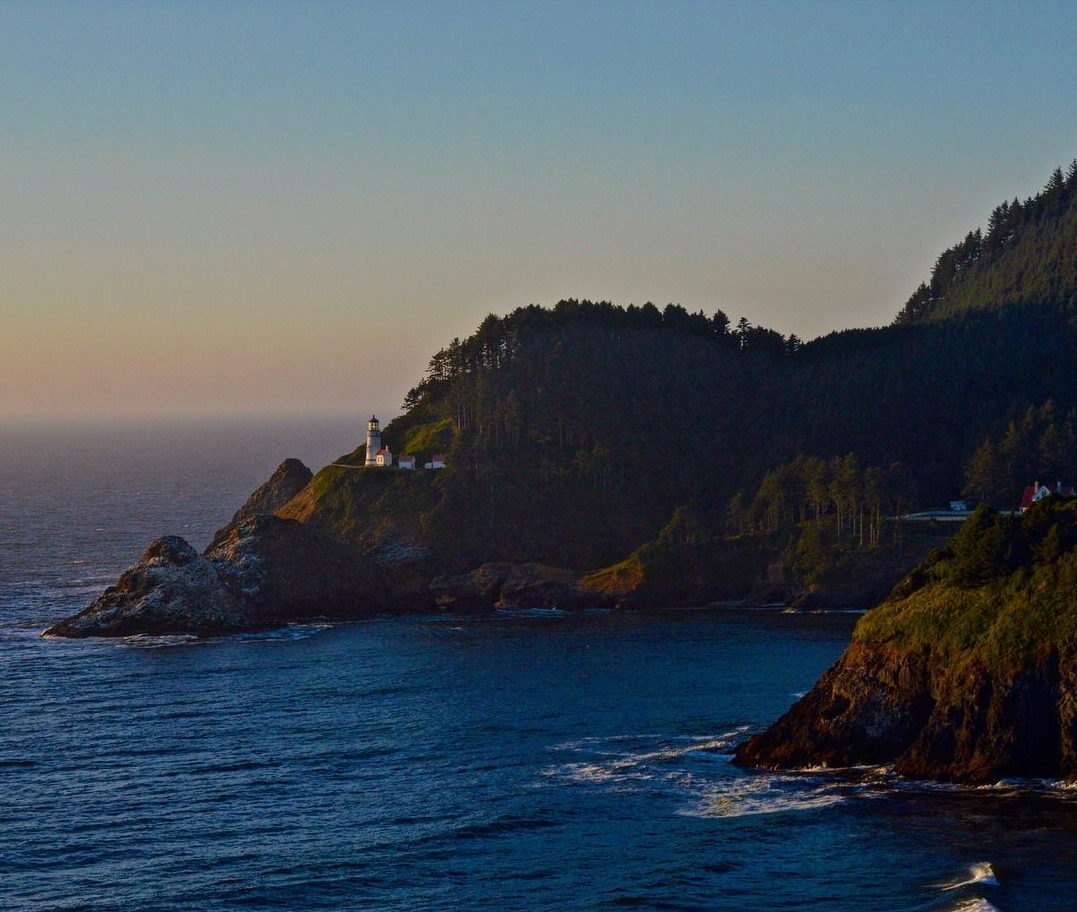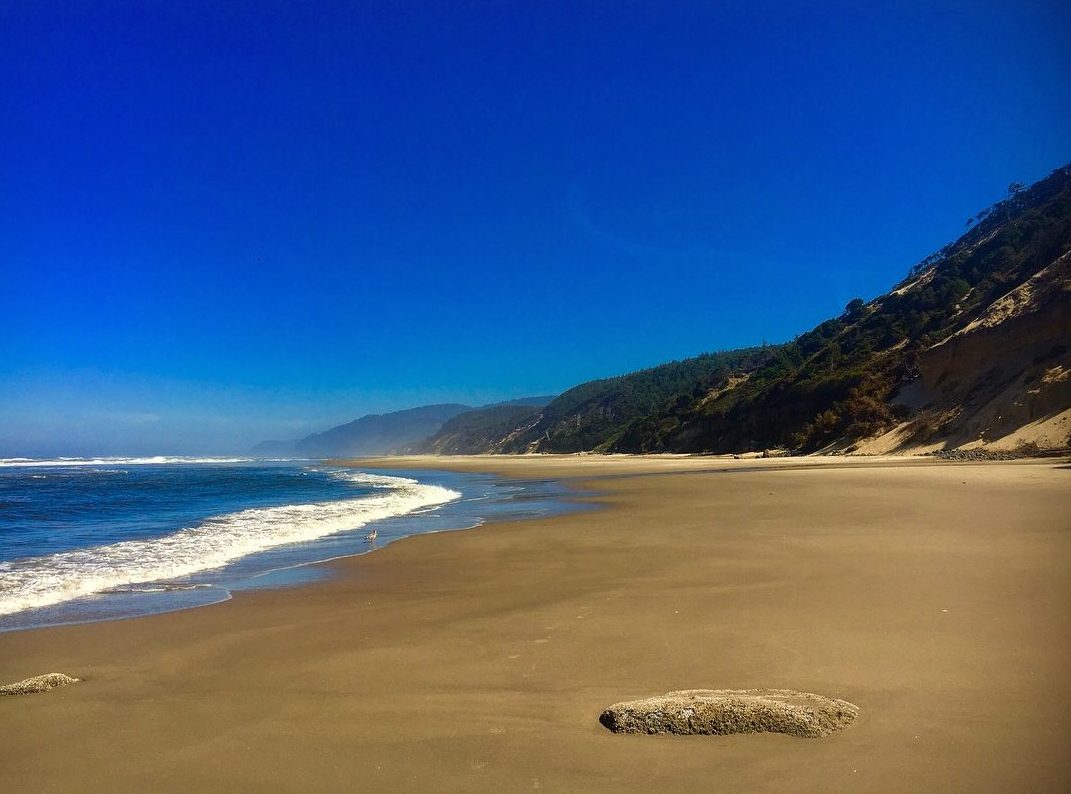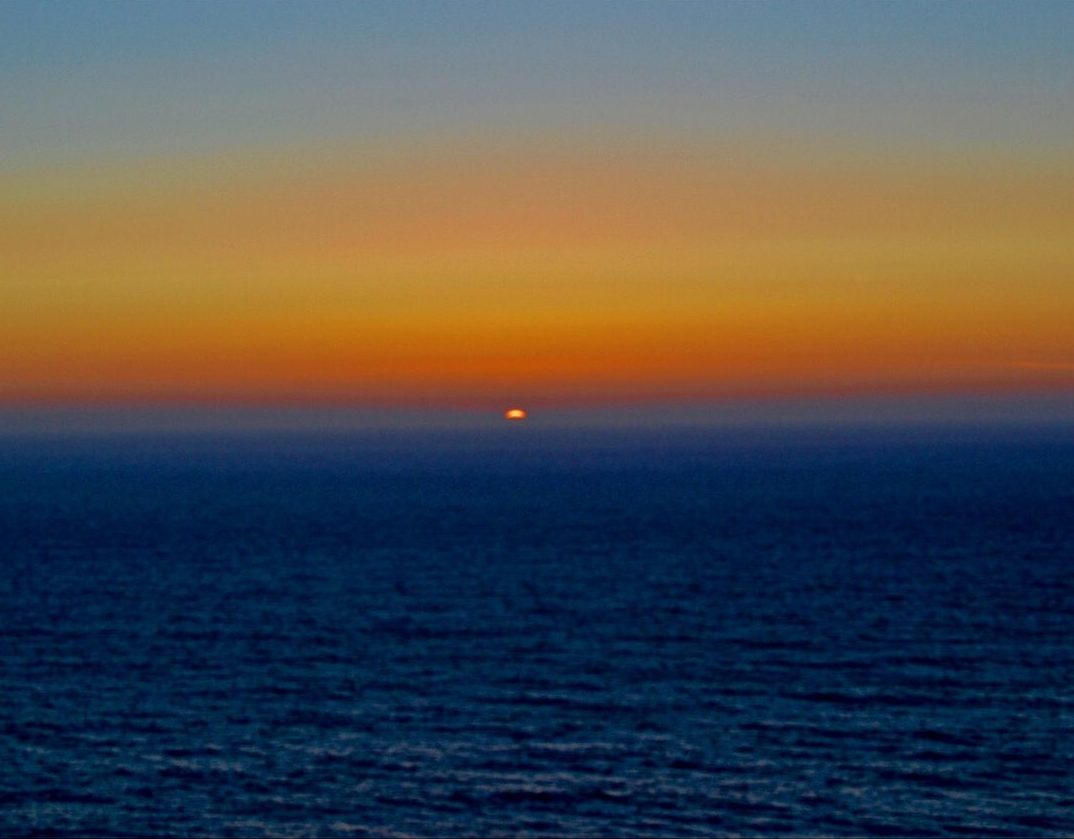I’ve been on the line for twelve hours, four more to go. The whining white noise of factory machines fill the background, interrupted by Neil Diamond’s Sweet Caroline, which has cycled around for what seems like the 10th time today. Fuck that song. Day and night blur together; the days blur together. How many 16-hour shifts have I worked in a row? I presume it has been about two weeks. A bone-chilling cold seeps through my rubber boots and wool socks. I’m used to it by now—my big toe has already lost the feeling in its tip. Salmon guts cover me from neck to toe and the smell of fish has become immune to my olfactory senses. My hand is starting to cramp, but salmon carcasses continue gliding past me on the conveyer belt and I continue carving fillets with my knife. I feel as though I am cemented in a never-ending cycle. One hundred thousand pounds and counting processed today.
The airport in King Salmon, Alaska is little more than a small warehouse with a luggage carousel. Only two flights depart and arrive each day: one in the morning and one at night. A combination of a lust for adventure and a depleted bank account has brought me here to the sockeye salmon capital of the world. I would spend the next month working at one of the numerous salmon processing plants in the town of Naknek. Each summer, thousands of fishermen and workers flock to this tiny town on the Bristol Bay shore seeking riches from the annual salmon run. For most, this is their version of the gold rush. I glance around at the dozens of nervous, eager faces that arrived on my flight. I can’t help but think to myself, “What the hell have I gotten myself into?”
It helps to think of a shift as four separate four-hour shifts. I’ve learned that the first one is the worst as I basically sleepwalk through it. The person next to me is attempting to have a conversation but my brain struggles to find the words or motivation to keep up. I just smile and nod, continuing my work, hoping my lack of focus doesn’t result in an amputated finger. Don’t look at the clock. Damn, it’s cold in here. Every four hours we get a break to warm our bodies with coffee or spend our hard-earned money on cigarettes, the only commodity one will find around here. I feel myself gaining energy as the day progresses. I sense my shift is almost over. Don’t look at the clock. My feet have been aching since lunch, my hand has glued itself into a claw from cutting fish all day, and the biting cold is piercing deep into my core. I play 20 Questions with my comrades beside me to distract myself from the discomfort. I know I will soon be able to eat, shower, and crawl into my warm bed, my one area of privacy, where I can forget work for a few hours, and dream of returning home to freedom.
The fishery I work at is located a few miles outside the town of Naknek. Upon arriving, I am humbled by the wildness of Alaska. The air is saturated with the scent of salt…stinging my nostrils, the shrieks of seagulls and Bald Eagles cut through the sky as the birds scour the shore for dead salmon, and the rusted carcasses of old retired fishing boats litter the shipyard. The temperature is cool, but comfortable, and the sky is an ominous gray, as it would be most of my time here. I know there is nearly 24 hours of sunlight in summer this far north, but that doesn’t matter when it’s always overcast and you work inside all day.
The first day is pure chaos. It feels like the first day of summer camp, or move-in day freshmen year, as I make myself dizzy scampering around in a frenetic whirlwind attempting to meet as many people as possible. Soon, we are herded into the mess hall for orientation. A large, burly man who looks like he’s seen too many Alaskan winters greets us. His thunderous steps rattle the floor as he walks, and the stench of stale whiskey diffuses outward each time he opens his mouth to speak in what resembles more of a growl than a human voice. I was convinced that if I saw him in the dark I would mistake him for one of the many brown bears that roam the grounds around camp. This is the plant’s production manager.
After orientation, we are given a tour of the plant, which includes the mess hall and break room, a large production facility where all the salmon is processed, the docks and shipyard, and several dormitory-style bunkhouses where we would share cramped rooms with up to five other roommates. Personal space would come at a premium this next month, but little did I know the impact all these new people would have on my life.
The alarm startles me from my sleep. I lay in my bed for a few moments cursing the Earth’s rotation for spinning too quickly. What I would give for a full eight hours of sleep. I’m lucky to get six. Every minute of sleep is precious and one must make sacrifices in order to gain or lose more. Eating breakfast requires losing a half-hour, a shower 15 minutes. I decide breakfast is non-essential. I’ve been a little sick for the past few days and quitting and going home to Oregon is always on the back of my mind. There are fewer and fewer faces each day as the season wears on. Nonetheless, I drag myself out of bed and limp my way to the production facility. Time to start the cycle again: work and sleep, work and sleep. Each shift begins with the monotonous routine of clocking in, donning the processor attire of hairnet, safety glasses, and gloves, and securing a spot on the assembly line. A couple weeks in and I know most the people in my department; inherently, I like some more than others. Today, I am stationed next to two fraternity brothers from Chico State, a recent high school graduate making extra money for a backpacking trip to Southeast Asia, and an older Filipino man who has spent the last 15 summers working as a salmon processor. The conversations we have seem insignificant at the time, but this is what gets us through the long days. Here, everyone is connected by a shared struggle.
During the peak of the salmon season, typically beginning in early July, the plant is in production 24-hours a day. We are divided into three different shifts: A-shift starts at 4 AM and ends at 8:30 PM, B-shift from 12 PM to 4:30 AM, and C-shift from 8 PM to 12:30 PM. Within these three shifts, we are further separated into various departments. The production plant runs as a systematic, well-oiled machine, a continuous cycle. Once the salmon arrive from the boats they are unloaded at Fish House—where the heads and guts are removed; from there, they are sent to the Fillet department, responsible for removing spines, fat, bones and any other unwanted parts until a neat fillet is all that is left; the high-quality fillets are then sent to Vacuum Packing, and finally packed into boxes and prepared to be shipped out by the Packing department. I am assigned to C-shift Fillet.
In Fillet, there are three main jobs: those who cut, those who pick bones, and those who grade. I would primarily cut, and with fillet knife in hand, slice off belly fat, spines, and any leftover fins. We would cut off as much as we could, leaving bone-pickers to do exactly that: pick bones. Graders would determine which fillets were of high quality and would be granted the honor of being sent to vacuum packing, or which were doomed to be frozen and grinded into dog food. We did this 16 hours a day. For the next month, this would be my reality. A reality governed by salmon and sleep.
We play games to pass the time and keep ourselves sane. 20 questions. Never Have I Ever. Would You Rather. Sometimes we even invent new ones using the unlimited pieces of salmon lying around. A classic is to creep up behind someone and carefully lay a small piece of fish on his or her shoulder without being caught. Some people could go hours without noticing they had salmon on them. When the supervisors weren’t looking, we have even had a few salmon fights, flinging bits of fish back and forth between lines with our knives. These games, although childish, and not quite sanitary, are the memories that stick with me. The days of work all blur together, but it is the conversations I have and the people I share them with that I will always remember.
People are starting to be sent home. The boats are bringing in fewer and fewer fish, marking the near of the season’s close. Each day I say goodbye to new friends I’ve made and check the list to see if I’ll be on the next flight out. 16-hour shifts turn to 12, and then 8. Naknek lacks much entertainment when there isn’t work. We pass the time with bonfires on the beach and boozing at the bar. I feel my strength regaining in my body, my blood recirculating, and for the first time in three weeks I am neither sick nor sleep deprived. The fact that I will be home soon propels me forward. Finally, the day comes. I am given two days notice for my departure. Two days until I am home. Two days until I am free.
There is a famous National Geographic photo of a large male brown bear standing atop a waterfall catching salmon that leap over the falls in an attempt to continue their migration upstream. I decide to spend my final day in Alaska at Brooks Falls in Katmai National Park, where this photo was taken. I’ve actually been here twice before, when I was much younger on fishing trips with my dad. But this time would be different. This time I am here to reflect. I spend the day, camera in hand, watching bears roam up and down the river, cashing in on the sockeye salmon season just as I had. When I arrive at the falls, there is one bear fishing at the base. He catches salmon with ease, fattening up for the long winter. In an hour, I count 12 fish that he consumes. Downstream, thousands of salmon line the river from bank to bank, vying for the optimum spots for making the leap over the falls. They are so abundant the river seems to run red.
I watch these salmon and think of all they had to go through to get here, a never-ending cycle of life and death. Past all the predators in the open ocean, the scores of commercial fishing boats, the bears, and finally, this challenging jump over Brooks Falls and into the promise land, where they can complete their several thousand-mile journey and life’s mission to spawn and die in their home stream. Only a fraction actually makes it. I think of all the processors I worked with who quit because it was too demanding, or were sent home due to injury or illness. Then I think of the ones who helped me make it through the last month, whether it was a simple conversation or some stupid game. Like everyone else, I came for the quick money. But I also came for another reason. I wanted to challenge myself. I wanted to break myself down physically and mentally, because I knew if I could make it through this, I could make it through life’s next challenges. This was the single most demanding thing I had ever done and I had succeeded. The cycle has ended. I had made it. Just like the salmon.


